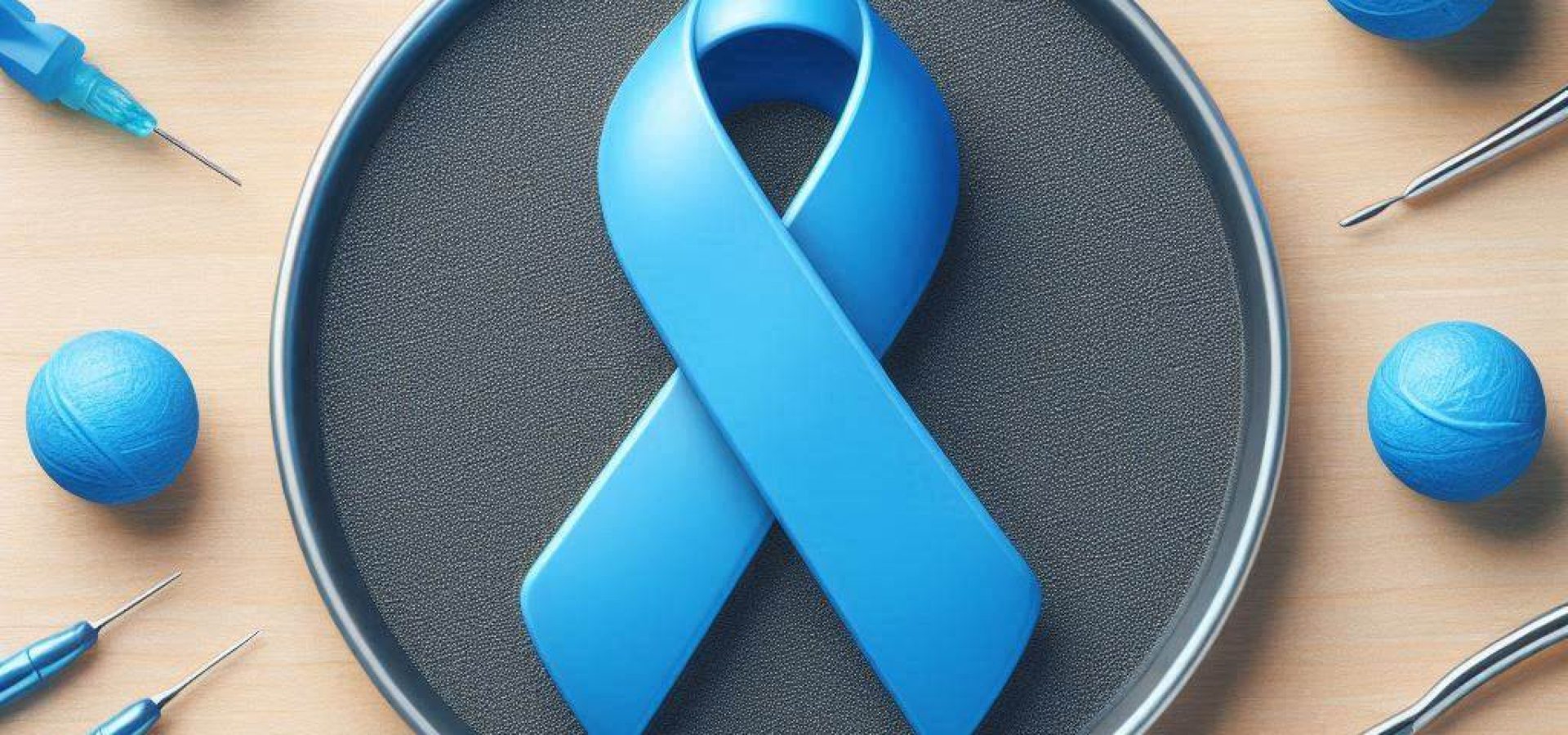
After your diagnosis and orchiectomy, you may choose active surveillance as a treatment option.Surveillance is closely following a patient’s condition but not treating it unless there are changes in test results. Surveillance is used to find early signs that the cancer has recurred (come back). During surveillance, certain exams and tests are done on a regular schedule to monitor the patient, and insure the cancer has not come back.Benefits of active surveillance:The main benefits included in active surveillance is that it avoids the need for further treatment after the orchiectomy surgery (removal of cancerous testicle). With active surveillance you opt out of treatment options such as chemotherapy, radiation, or additional surgery.What Tests are done in accordance with Active Surveillance?Although tests, and frequency of your tests are are determined by your doctor, below are some of the most common active surveillance exams and tests.
The content provided on this blog is for informational purposes only and is not intended to be a substitute for professional medical advice, diagnosis, or treatment. Always seek the advice of your physician or other qualified health provider with any questions you may have regarding a medical condition. Never disregard professional medical advice or delay in seeking it because of something you have read on this blog.
The authors of this blog do not recommend or endorse any specific tests, physicians, products, procedures, opinions, or other information that may be mentioned on the blog. Reliance on any information provided by this blog is solely at your own risk.
SHARE
Subscribe to our newsletter
Testicular Cancer Foundation — 2025 All Rights Reserved. EIN: 27-1348551
TCF®, Beard Patrol®, Cojone Club® are trademarks of the Testicular Cancer Foundation.